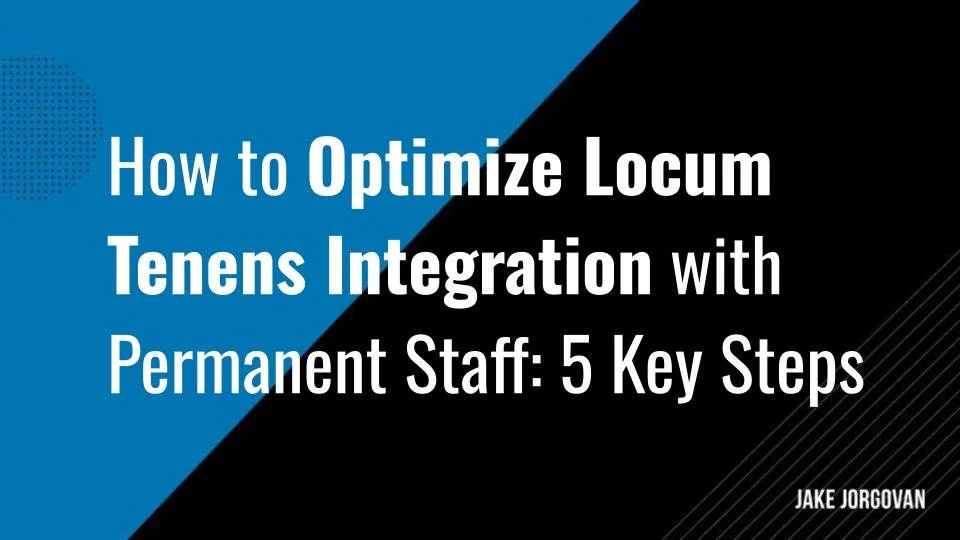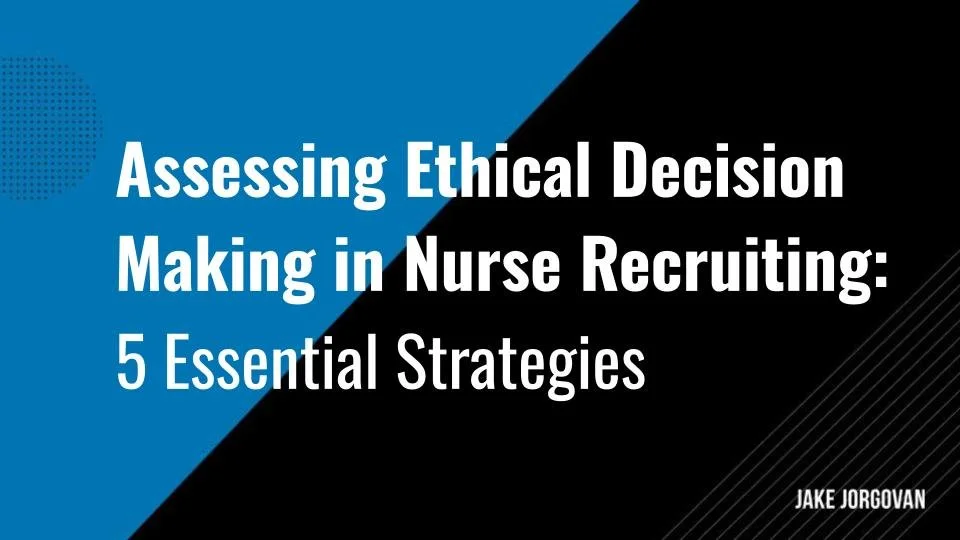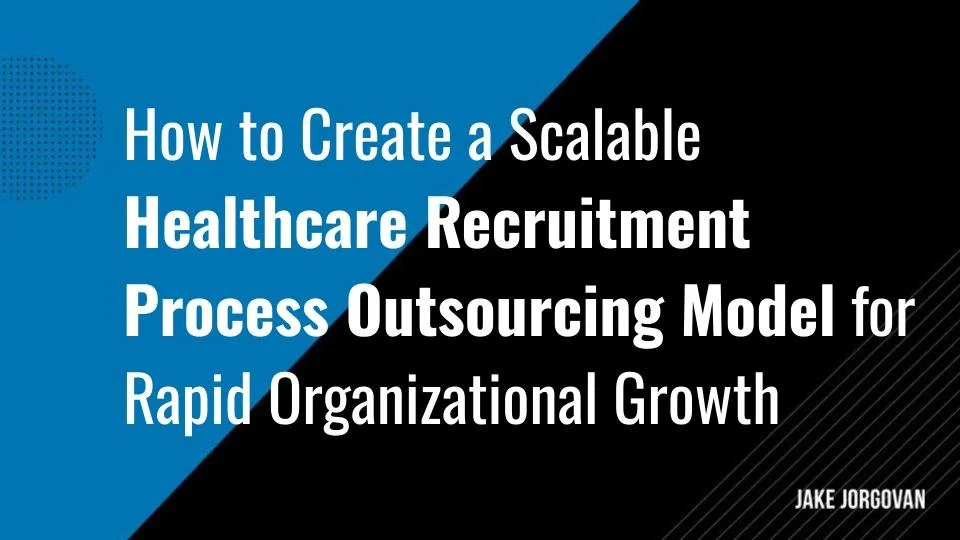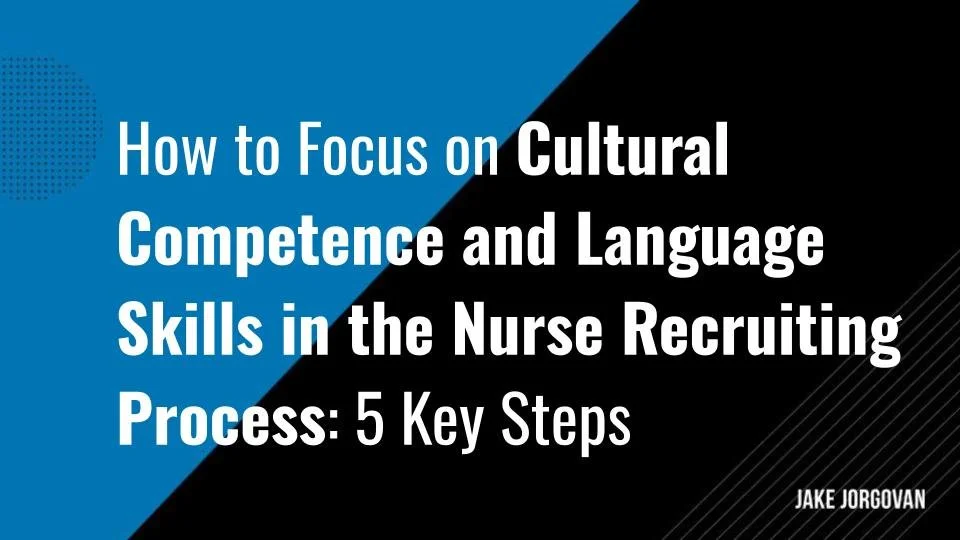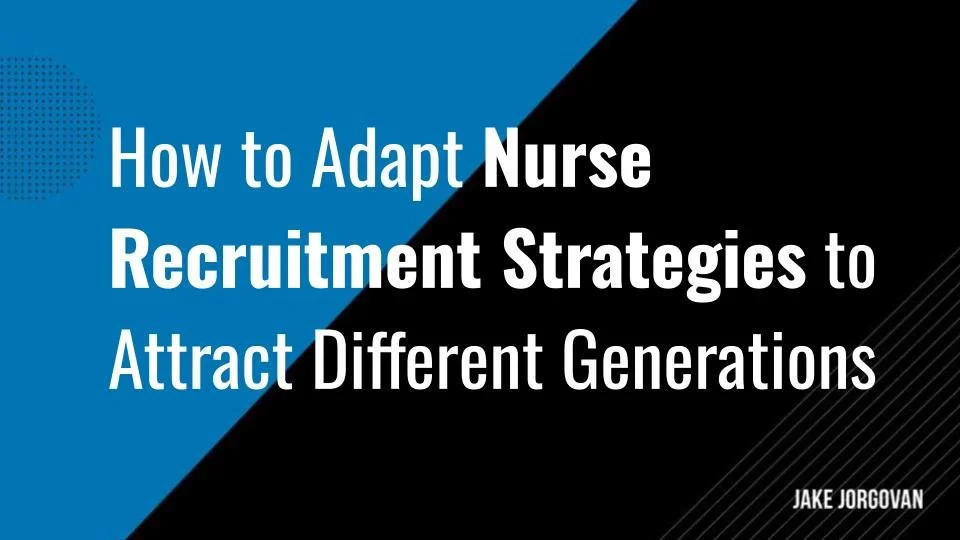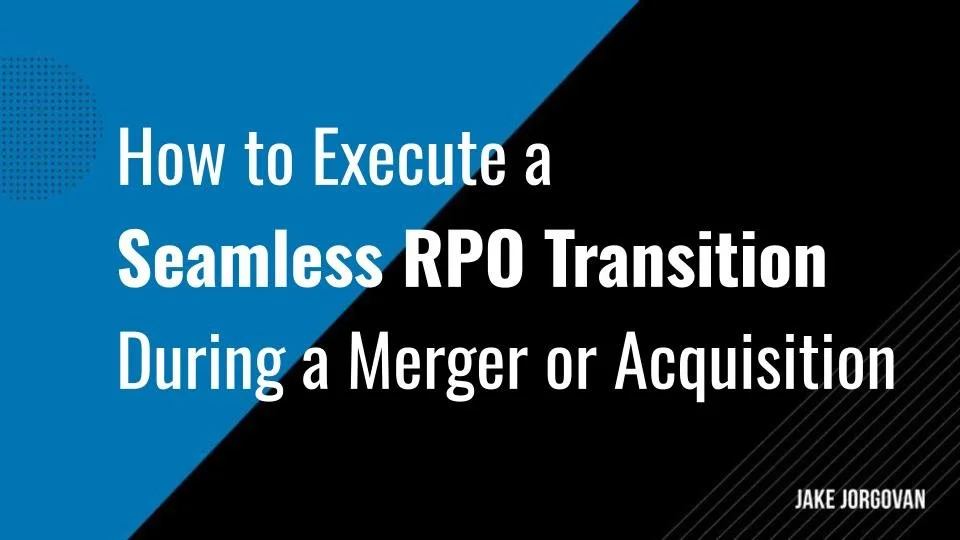How to Adapt Nurse Recruitment Strategies to Attract Different Generations
Nurse recruitment is evolving as generational differences shape the workforce.
Attracting top talent requires a tailored approach for each age group.
What worked for Baby Boomers won't resonate with Gen Z.
Ignoring these differences can hinder recruitment efforts.
This article explores strategies to adapt nurse recruitment to appeal to each generation.
Understanding these nuances is vital to building a diverse, effective nursing team.
Let's dive into how you can refine your approach to secure the best nurses from every generation.
5 Nurse Recruiting Strategies to Attract Different Generations
1) Utilize Personalized Outreach Techniques
Attracting the right nursing talent means speaking their language—literally and figuratively. You need a personalized approach that resonates to engage effectively, especially with different generations. This strategy isn't just about communication but about deeply understanding the unique motivators of each group and crafting a message that hits home. Here’s how to do it:
Segment your audience: Start by categorizing potential candidates by generation—Baby Boomers, Gen X, Millennials, and Gen Z. This segmentation allows you to tailor your outreach more effectively.
Research generational preferences: Dig deep into each generation's preferences, work values, and career goals. Use this information to create targeted messaging that aligns with their needs and aspirations.
Customize your communication channels: Millennials and Gen Z are more responsive to digital platforms like social media, while Baby Boomers and Gen X may prefer email or traditional communication. Choose the right channels to ensure your message reaches its target.
Craft generation-specific messaging: Develop messaging that speaks directly to each group's motivations. For instance, emphasize stability and pension plans for Baby Boomers while highlighting growth opportunities and work-life balance for Millennials and Gen Z.
Analyze and refine: Collect data on their effectiveness after deploying your tailored outreach strategies. Analyze response rates, engagement levels, and conversion rates across generational groups. Based on this data, refine your approach to improve future campaigns.
Insider Tip: We often find that A/B testing generational-specific messages within your segmented campaigns yields insights into what truly resonates. Don't just rely on assumptions; let the data guide your strategy refinement. Testing is key to maximizing engagement across all generations.
2) Highlight Organizational Values That Resonate With Specific Generational Ideals
Understanding what drives each generation is crucial to crafting recruitment messages that resonate. The values that motivate Baby Boomers often differ from those that inspire Millennials or Gen Z. Aligning your organization's values with those of your target candidates is about demonstrating that your workplace is where they can thrive. Here’s how to get started:
Identify core values: Begin by pinpointing the key values that define your organization. Whether it's innovation, stability, teamwork, or personal growth, ensure these values are clear and well-articulated.
Map values to generational preferences: Match these organizational values to the priorities of each generational group. For example, if teamwork and collaboration are your strengths, highlight this in your messaging to Millennials, who often value a sense of community at work.
Develop targeted campaigns: Create specific recruitment campaigns that showcase how your organization embodies these values. For Gen Z, you might focus on your company's commitment to social responsibility and diversity, whereas for Gen X, you could emphasize leadership and professional autonomy opportunities.
Leverage employee testimonials: Use testimonials from current employees that reflect each generation's values. Authentic peer stories can be more persuasive than any corporate message and provide a real-life glimpse into your organizational culture.
Adjust the narrative continuously: Regularly revisit and adjust your messaging to align with evolving generational priorities. This is not a one-time effort but a continuous process of refining your approach to stay relevant.
Insider Tip: We recommend incorporating data-driven insights from employee satisfaction surveys to refine these value-driven messages further. These insights can reveal subtle shifts in each generation's values, which allows you to adjust your messaging even before external trends become apparent. This proactive approach keeps your recruitment strategy ahead of the curve.
3) Offer Technology-Driven Onboarding Experiences
In today’s competitive market, onboarding is about setting the tone for their entire experience with your organization. A technology-driven onboarding process can significantly enhance engagement, particularly for younger generations who expect digital efficiency. This isn’t merely a trend but a strategic necessity to ensure your organization meets the expectations of tech-savvy recruits. Follow these steps to use this strategy:
Invest in a robust onboarding platform: Choose a digital platform offering flexibility and integration with other HR systems. This ensures a seamless transition from recruitment to active employment, minimizing any friction new hires might experience.
Automate administrative tasks: Streamline paperwork and other routine tasks through automation. Use e-signatures and digital forms to reduce the time spent on manual processes, freeing up time for more personalized interactions.
Create interactive learning modules: Develop engaging, self-paced training modules that new hires can complete online. Incorporate multimedia elements like videos, quizzes, and interactive exercises to cater to different learning styles and keep the process dynamic.
Facilitate virtual mentorship programs: Implement virtual mentoring and networking opportunities for new hires to connect with seasoned employees early on. This fosters a sense of belonging and provides support as they acclimate to their new roles.
Monitor and refine the process: Collect feedback from new hires on their onboarding experience. Use this data to continually improve the onboarding process, ensuring it remains relevant and effective for future hires.
Insider Tip: We’ve found that integrating personalized onboarding journeys based on role and department dramatically improves engagement and retention. Tailoring the onboarding experience to different positions' specific needs and goals helps new hires feel more connected to their work from day one. This strategic personalization differentiates your onboarding process from more generic approaches, ultimately driving better outcomes.
4) Promote Diversity and Inclusion Initiatives That Appeal to Generational Priorities
Incorporating diversity and inclusion into your recruitment strategy isn’t just a box to check; it’s about creating a workplace where every generation feels valued and respected. Different generations bring varied perspectives, and when harnessed correctly, this diversity drives innovation and growth. To genuinely appeal to candidates across generations, your commitment to diversity must be evident at every stage of the recruitment process. Follow the steps below to promote these initiatives:
Conduct an audit of current practices: Evaluate your existing recruitment processes and materials for diversity and inclusivity. Look for unintentional biases in job descriptions, interview questions, and the selection process that might deter diverse candidates.
Showcase a diverse workforce: Use your recruitment materials to highlight the diversity within your organization. Include testimonials, images, and success stories from employees of different generations and backgrounds to demonstrate your commitment to an inclusive workplace.
Implement inclusive hiring practices: Train your hiring managers to recognize and mitigate unconscious bias. Use structured interviews and diverse hiring panels to ensure your recruitment decisions are fair and based on merit, not stereotypes.
Promote employee resource groups (ERGs): Highlight the existence of ERGs or affinity groups within your organization. These groups provide support and a sense of community for employees from different backgrounds, helping them to feel more connected and engaged.
Measure and report on diversity outcomes: Track your recruitment metrics to assess the effectiveness of your diversity and inclusion initiatives. Review this data regularly and make necessary adjustments to improve your outcomes.
Insider Tip: We recommend developing a diversity scorecard for your recruitment campaigns. This scorecard can help you track the diversity of candidates applying and those advancing through each stage of the hiring process. Doing this allows you to gain insights into potential bottlenecks or biases.
5) Design Age-Specific Wellness and Support Programs
Creating age-specific wellness and support programs isn’t just a nice-to-have; it’s a strategic advantage. Different generations have distinct needs and concerns, and addressing these can significantly boost both recruitment and retention. Tailoring your wellness initiatives to cater to these varying requirements shows potential hires that your organization is committed to their well-being at every career stage. Here’s how to leverage this method:
Assess generational wellness needs: Begin by understanding the specific wellness needs of each generational cohort. For instance, Baby Boomers might prioritize physical health programs, while Millennials and Gen Z may value mental health resources and work-life balance.
Develop targeted wellness programs: Create wellness programs that address these specific needs. Offer retirement planning and chronic disease management for older employees and mindfulness training or stress management workshops for younger staff members.
Provide flexible benefits options: Allow employees to choose from various wellness benefits that best suit their individual needs. A flexible benefits package can include gym memberships, mental health days, or even financial wellness coaching tailored to different life stages.
Promote these programs effectively: Use targeted communication strategies to promote these wellness programs. Ensure each generation knows what is available and how these programs align with their personal and professional goals.
Continuously evaluate and adjust: Regularly assess the effectiveness of your wellness initiatives through employee feedback and participation rates. Be prepared to adapt your offerings as generational needs evolve.
Insider Tip: We suggest incorporating a feedback loop within your wellness programs that directly involve employees in decision-making. This helps in tailoring the programs more accurately and boosts engagement by making employees feel their voices are heard. This participatory approach is critical to maintaining a relevant and effective wellness strategy across all generations.
Effectively Recruit Nurses from All Generations
Adapting your nurse recruitment strategy to different generations is essential.
The healthcare landscape is shifting, and so are the workforce's needs.
Are you prepared to meet these diverse expectations?
Ignoring generational differences could cost you top talent.
But you can build a stronger, more resilient team by understanding and embracing these nuances.
The future of nursing depends on how well we adapt today.










